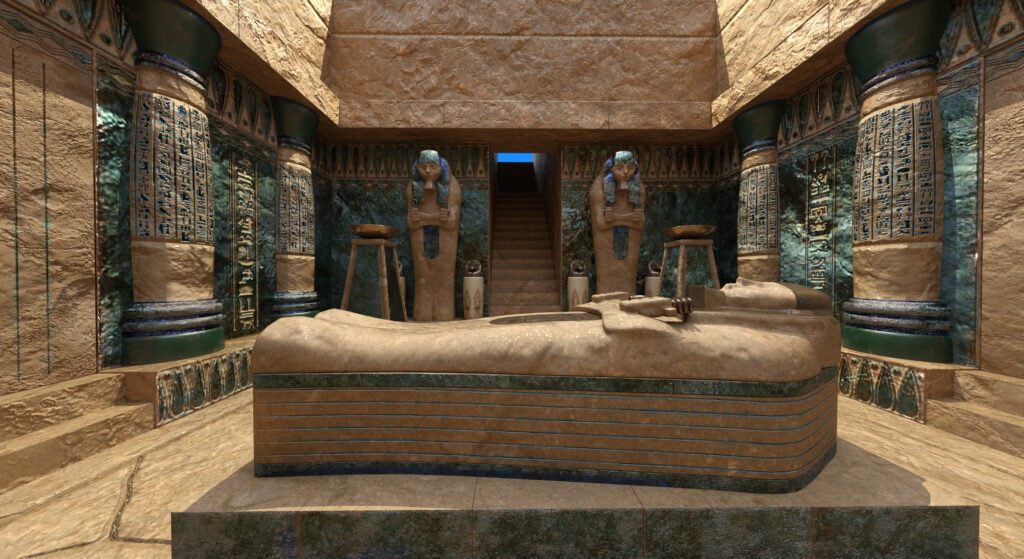On February 16, 1923, Howard Carter achieved one of the greatest archeological feats of all time when he opened the inner burial chamber of King Tutankhamun's tomb. In doing so, Carter became the first person in over 3,000 years to lay eyes on the final resting place of an Egyptian Pharaoh – a moment that shook the world and riveted an entire generation.
The Hunt For King Tut
Carter had been searching for the tomb since 1915 when he was commissioned by financier Lord Carnarvon. After months of exploration with his Egyptian team and a number of false starts, Carter finally made his way into the room where Tutankhamun was buried – an area that had remained untouched by human hands since 1325 BC.
The site is unique in that it is the only royal tomb from Ancient Egypt to ever be discovered totally intact – affording modern-day archaeologists an unprecedented ability to study and learn about this ancient culture. Inside was a trove of artifacts, including golden jewelry boxes adorned with hieroglyphic inscriptions, ornate wall paintings and statues depicting both gods and members of royalty.
Since its discovery, there have been numerous studies conducted on these artifacts as well as large-scale tours which have sparked public interest in Ancient Egypt across the globe. The discovery not only serves as a historical benchmark but also a reminder of how much we still do not know about our past – and how far we have yet to go in unraveling its mysteries.
The Legacy of Howard Carter's Momentous Feat
All told, Howard Carter's momentous foray into King Tutankhamun's inner burial chamber has left behind a legacy that will remain timeless for years to come. The artifacts uncovered therein stand as a testament to one man's perseverance and curiosity about our collective past – leaving us all with a greater appreciation for our shared history around the world.

